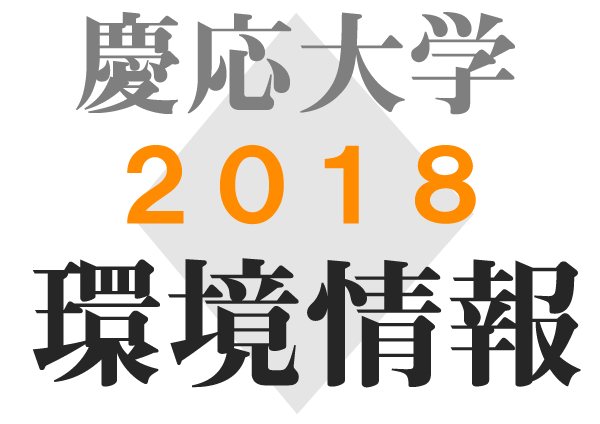次の文章に関して、空欄補充問題と読解問題の二つがあります。
まず、[31]から[40]を埋めるのに、文脈に最も適切な語を1から3の中から選びなさい。
次に、内容に関する[41]から[45]の設問には、1から4の選択肢が付されています。そのうち、文章の内容からみて最も適切なものを選びなさい。
【Paragraph1】 It sounds like something out of a science fiction movie about making super-soldiers. Scientists have turned shy, low-ranking mice into aggressive fighters who almost always win in dominance competitions. And they did it by stimulating a part of the mouse brain that controls “effortful” behavior.
【Paragraph2】 Mice are social animals, and male mice [31](1. embody 2. establish 3. eradicate) a pecking order amongst themselves by displaying aggressive behavior. Though this aggression can take many forms, neuroscientist Zhou Tingting of the Chinese Academy of Sciences, Shanghai, joined with his colleagues to measure mouse dominance using what's called the “tube test." The tube test creates a scenario [32](1. in which 2. in that 3. in so far as) there's not enough room for the mice to pass each other in the
tube. Mice have to shove one another aside to get out. The mouse who shoves the most other mice out of its way will “win” the dominance game.
【Paragraph3】 In a recent article for Science, Zhou and his colleagues write that “winner mice initiated significantly more pushes, and with a longer duration per push, than loser mice.” Winners weren't stronger than losers; they were [33](1. simply 2. also 3. even) more persistently aggressive. The researchers also found that the winner mice showed brain activity in a cluster of neurons called the dorsomedial prefrontal cortex (dmPFC), which is associated with “effortful behavior” and “social dominance.” Mice whose dmPFC was quiet during tube tests always lost.
【Paragraph4】 Zhou and his colleagues wondered whether they could create "winner" mice by stimulating the dmPFC. Using a brain stimulation technique called “optogenetics” that [34](1. rides 2. triggers 3. considers) neural activity with proteins and light, they stimulated the dmPFC region of a low-ranking mouse's brain. Then the low-ranking mouse took the tube test with a high-ranking mouse. [35](1. Unfortunately 2. As expected 3. Immediately), the loser mouse began to shove the winner mouse vigorously, winning almost every contest.
【Paragraph5】 There are a lot of interesting implications here for further research. [36](1. However 2. First of all 3. In this way), winning social dominance contests is clearly not just a matter of physical strength. Having an aggressive attitude is key to winning. And second, there is the question of whether this kind of technique would work on other animals and perhaps even humans. Mouse brains are similar to human brains in some ways, but our brains are far more complicated. That makes it [37](1. assured 2. impossible 3. unlikely) that a shy person could be transformed into the Incredible Hulk with just one squirt of photons from a brain implant.
【Paragraph6】 Perhaps more interesting is how researchers found they could permanently transform loser mice into winners, just by stimulating their brains six or more times in tube tests. “We observed that not all the mice returned to their original rank,” Zhejiang University neuroscientist Hu Hailan reported to the Guardian. “Some mice did, but some of them had this newly dominant position.” Hu and the other researchers refer to this as the "winner effect," in which one [38](1. triumph 2. defeat 3. fluke) can lead to more victories, due to a change in outlook.
【Paragraph7】 Put in more scientific terms, the winner effect is the result of "neuroplasticity," or the way neural connections in our brains are constantly changing. Each time the mouse wins due to brain stimulation, the [39](1. undercutting 2. underwhelming 3. underlying) structure of its brain changes a little bit. Over time, the mouse has essentially been [40](1. rewired 2. relegated 3. relaxed) to be more aggressive in dominance games. Light stimulation isn't the only way to do this; animals can undergo changes in their brains through new experiences or learning. But brain stimulation works remarkably fast.
【Paragraph8】 For now, this research could only lead to a more aggressive mouse army. But in the future, it could help people overcome social anxiety by giving them a little boost of assertiveness at just the right moment. Or it could create an army of hyper-aggressive super-soldiers. What could go wrong?
- ANNALEE NEWITZ "A brain implant turns 'loser' mice into aggressive fighters,”
[41] What is meant by the phrase "pecking order" in the second paragraph?
1. Social ranking based on physical characteristics.
2. Aggressive eating habits in animals.
3. Status in a community as determined by assertiveness.
4. The order in which mice escape from tubes.
[42] According to the 3rd paragraph, the results of the “tube test” revealed that
1. stronger mice were more likely to be aggressive than weaker mice.
2. dominant mice pushed other mice longer and more often.
3. overall brain activity was weak in mice that lost the test.
4. the dorsomedial prefrontal cortex was composed of a cluster of neurons.
[43] Which of the following was NOT a result of repeated brain stimulation in low-ranking mice?
1. Decreased proteins.
2. Increased aggression.
3. Permanent neurological changes.
4. Victory over winner" mice.
[44] In the 7th paragraph, the term “neuroplasticity” is explained as
1. the brain's ability to adapt to new information.
2. the short-term effect of aggressive behavior on the brain.
3. the use of optogenetics to resist social anxiety.
4. learning new skills through repeated failure.
[45] According to the article, which of the following is a limitation of this study?
1. Shy persons aren't able to overcome social anxiety.
2. Stimulating aggression in people may lead to super soldier armies.
3. Research on mice might have different effects when conducted on humans.
4. Brain stimulation can have irreversible effects on mice and other animals.


質問と回答